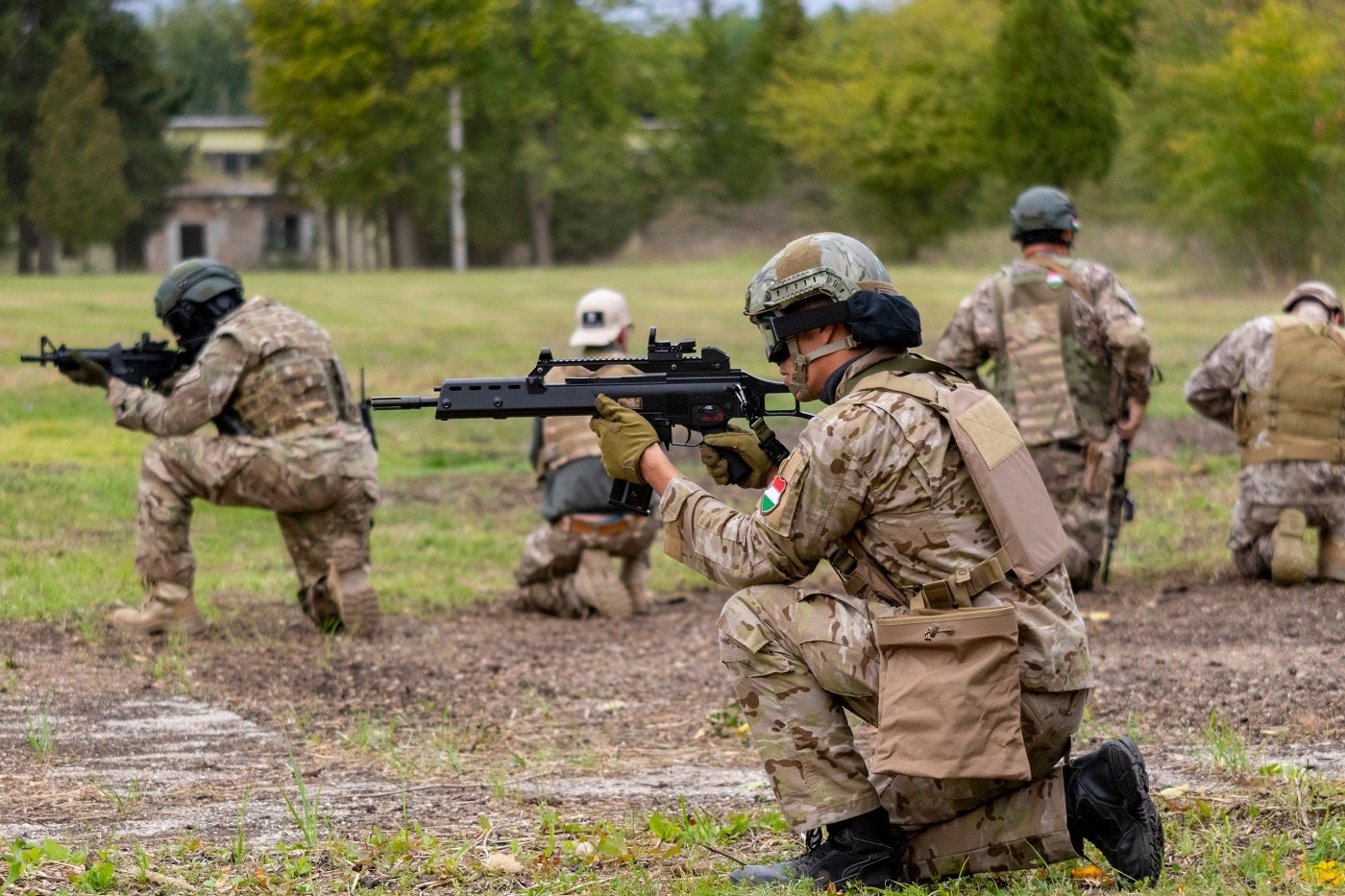
The Hungarian Ministry of Defence (MoD) is attempting to move the Hungarian Armed Forces away from the previously Soviet Union-acquired artillery of years gone by. The plan is for considerable changes in the country’s inventory, with General Imre Porkolab, Ministerial Commissioner for Defence Innovation for the Hungarian MoD, claiming Hungary’s defence will be one of the strongest by 2030, meeting the 2% of spending NATO has set out.
Hungary seeks change from the outdated Russian equipment as they look to jump a generation in development, with technology leading these developments.
William Davies, defence analyst at GlobalData, claimed: “The invasion of Ukraine will likely speed up spending and acquisition programs. However, the country has a 10-year modernisation plan to develop its armed forces. The armed forces are prepared for numerous potential threats. However, a salient point here is that Hungary maintains closer relations with Russia than other EU/NATO members and has thus far refused to send weapons systems to Ukraine.”
Like many European nations, the Ukraine conflict is an example of a force reshaping the Hungarian security environment. The Hungarian military strategy prioritises and prepares the country’s armed forces for crises that could affect the country.
GlobalData’s “Hungary Defense Market 2022-2027” reports that Hungary’s defence documents explicitly refer to strengthening the domestic defence industry, increasing export opportunities, and increasing production capabilities and technological expertise for domestic production. The Hungarian Government supports the industrial base by partnering with relevant companies.
GlobalData’s “Hungary Defense Market Data 2022-2032” reports that Hungary’s defence budget is forecast to grow from $3.3bn in 2022 to $6.5bn in 2027. This forecast follows a period of fluctuating budgetary growth, with defence spending dropping from $2.8bn in 2020 to $2.6bn in 2021. The decrease during 2021 is due to constrained spending during the COVID-19 pandemic.

Disruptive technologies
The talk focused on leveraging digital technology for quicker situational awareness on the battlefield to identify and neutralize threats. However, the general claimed that bringing in new technology is the biggest challenge they face right now.
Hungary has engaged with various arms manufacturers this past year to bolster their defence through procurement and indigenous manufacturing. The country has built an arms factory for Czech arms manufacturer Česká Zbrojovka (CZ) to produce weapons for both the Hungarian and Czech militaries, while Rheinmetall has launched production of infantry fighting vehicles, explosives, and ammunition factories in the country.
Deals such as these will contribute to maintaining and expanding Hungary’s ability to develop and produce.
Rheinmetall’s Hungarian colleagues have already armed the Hungarian defence forces with its first Lynx IFV. On 15 October 2022, Rheinmetall handed the first 209 Lynx Vehicles to the Hungarian armed forces.
Davies concluded: “At present, the country operates, for example, rotorcraft including Mi-24, which were produced in the Soviet Union, and the armed forces have seen little modernisation in the last 20 years.
However, whilst the need to modernize is ‘drastic’, the important thing to note is that it was already underway before the invasion of Ukraine, with the ‘Zrínyi 2026 modernisation programme’ being announced in 2017 committing the country to more funding and the subsequent announcement of purchases including Leopard 2A4 and 2A7+ tanks, KC-139 aircraft, H145M and H225M helicopters.
In August 2022, Hungary continued upgrading their armed forces as they continued their procurements by purchasing two 155mm 52 calibres PzH 2000 self-propelled howitzers. The German defence technology company Krauss-Maffei Wegmann (KMW) delivered the first two of the 24 German PzH2000 self-propelled howitzers to the Hungarian Armed Forces.




